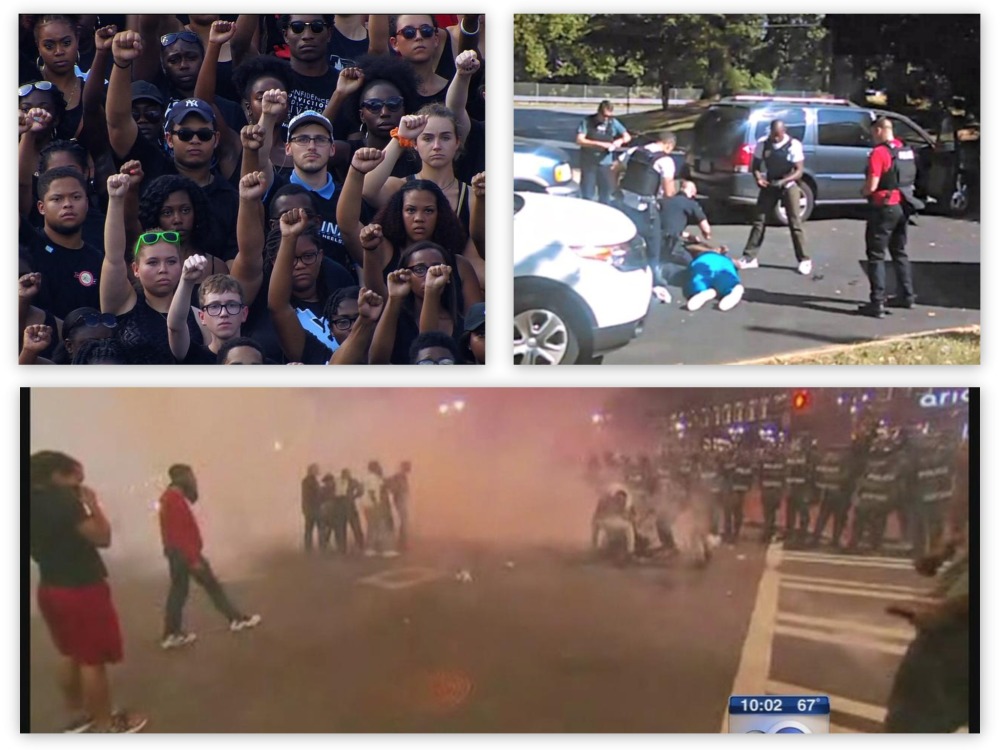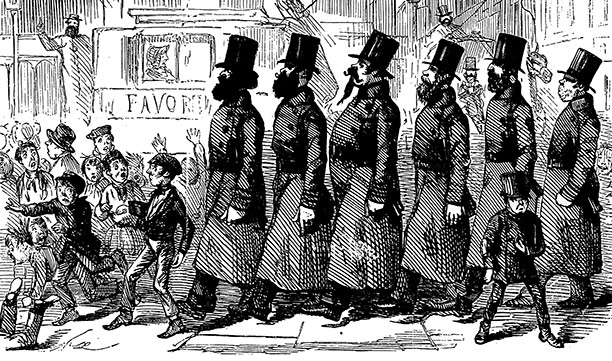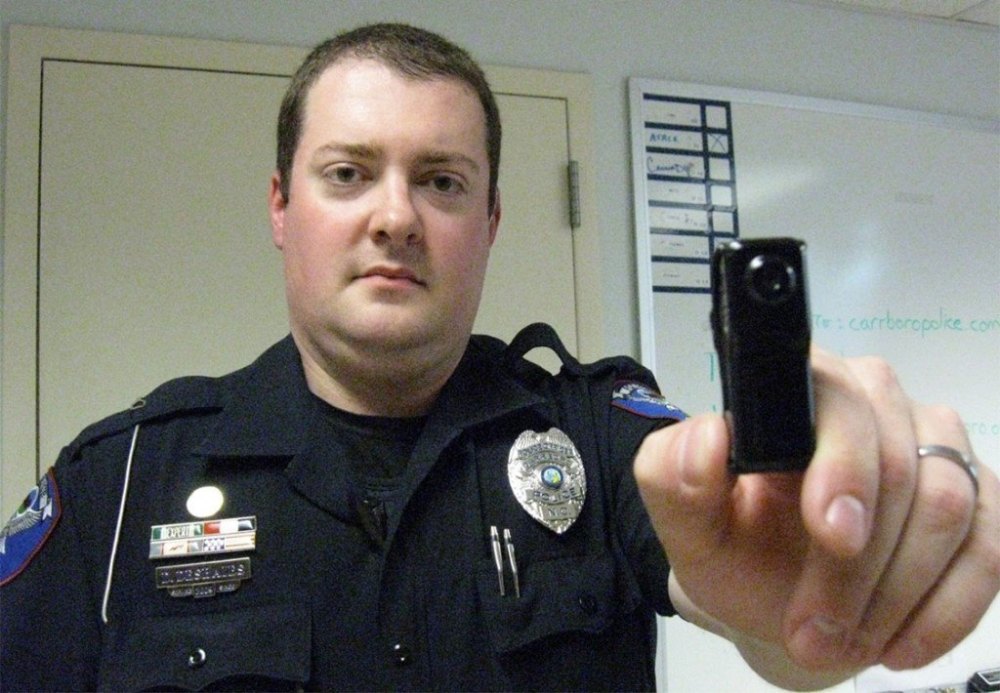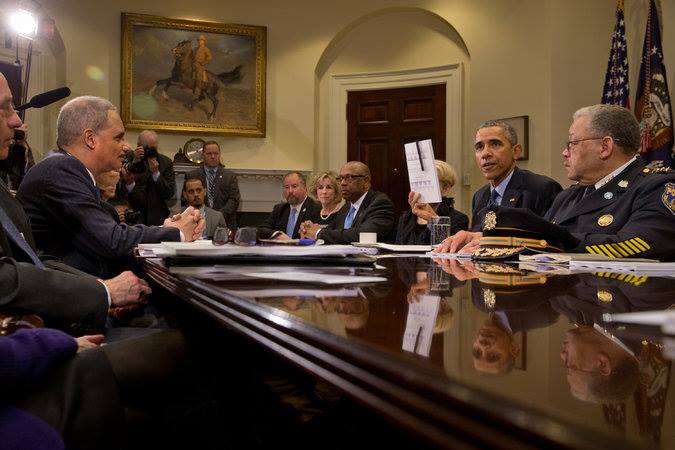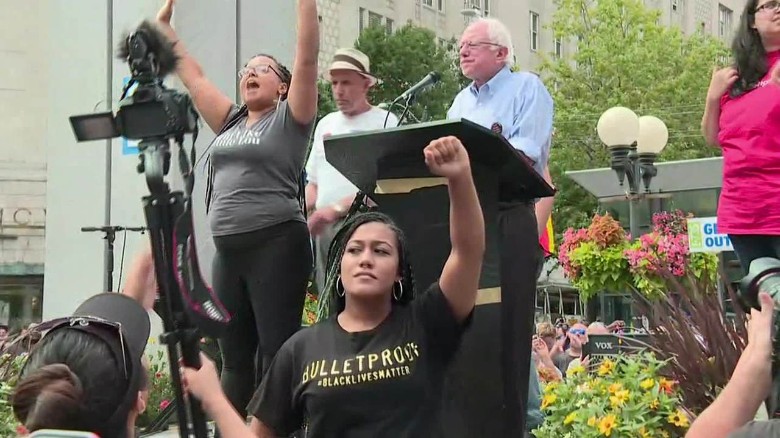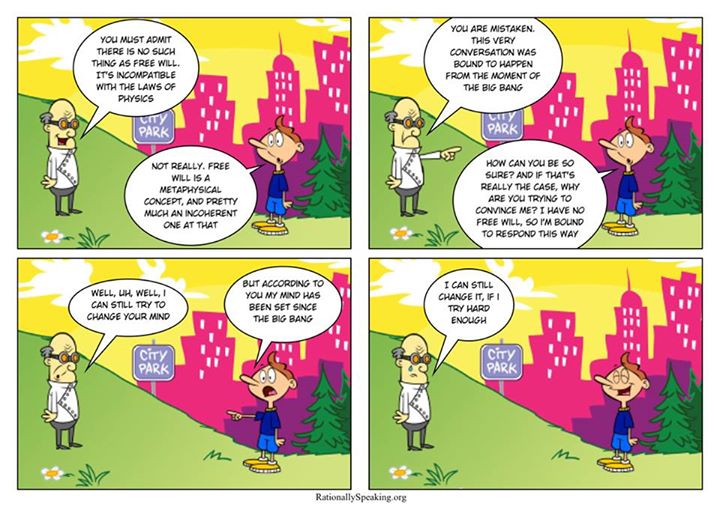Gun Violence, Citizen Police Academies

In a week when our minds are focused on gun violence, I do not think it inappropriate to reference my continuing (small) contribution to efforts to reduce gun violence, as they specifically relate to the behavior of law enforcement.
Some of you will know that my interest in US policing habits began after a rather unusual SWAT ‘evacuation’ of an occupied building in sleepy Chapel Hill, NC in 2011.
I spent several months monitoring and making contributions to the Community Policing Advisory Committee of the Chapel Hill Town Council. And then set out to encourage the Board of Aldermen of neighboring Carrboro, NC to consider my concept of ‘Citizen Design of Policing.’ Which is pretty much what it sounds like: allowing ordinary citizens to be involved in the design of the rules of engagement which local law enforcement use to police their communities.
As a consequence, I was invited to participate in Carrboro’s inaugural Citizen Police Academy. I participated. I made a nuisance of myself. Learned a lot. Talked a lot. Sent them some of my thoughts in written form. And may have made something of an impression. Since I was just sent a survey, in advance of their fifth such academy, to be staged next Spring.
I set out below the comments I made in an e-mail, in addition to completing their pro-forma survey. And then I include a comment in response. I do not attach the name of the author of the responding e-mail. I’m not sure of the status of the survey. And I do not want to get anyone into trouble.
“I attended the very first Carrboro Citizen Police Academy. I will say now what I wrote then to ———- :
1) Focus less on telling us about generalities of police work, constitution, etc. We can get that from a book.
2) Present us right way with several bodycam videos, where police have had to make instant decisions to use guns in very immediate circumstances. Let us know from the get-go how stressful the job is.
3) Get attending policemen and policewomen out of uniform. One to a table. Break down the ‘them’ and ‘us’ the minute we walk in the door.
4) Focus more on telling us why you do the job; your love of the job; its stress; your desire to serve. Make yourselves people who care. Who stick together, because you have to have each other’s backs. How much this can separate you from ordinary people, because you never know who is going to pull a weapon.
5) Be right upfront about the loss of trust over the past few years. Talk about bad apples. Tell us bluntly why you are not. Ask what we would recommend to rebuild the trust.
6) Allow conversation at the end of each section. Get people talking.
7) It’s also a ‘show.’ Use your dog handlers. They are hilarious. C’mon. Even you guys know they are a breed apart. It makes you human.
8) More time (two hours, not one) on role-playing. Let ordinary people make the decisions you have to make.
9) Stop being defensive. You love your job. You want to help people. Tell us that. You do a great job. There are bad apples. Something has broken down. It is not all on you. Sell yourselves to us. Don’t apologize for who you are.
Beyond this, I have two suggestions about rebuilding trust:
I) Talk with elected officials and ordinary citizens about ways of allowing police, elected officials and ordinary citizens to design together rules of policing engagement. I have a blog about how I tried to promote this in Carrboro, NC – ‘Citizen Design of Policing.’
II) Police Training needs to change. There needs to be more focus on containment and negotiation, rather than command presence and suppression. You shout at people, and make it an offense not to respond to shouting, you are going to have incidents. I know this will require more officers, more cars, more equipment, more training. I know this will cost more money. And ordinary citizens need to be told this, if it is what they want.
That’s it! Good Luck.”
The response:
“Thank you for taking the time to send me this email. I can assure you that as we have progressed the program, many changes have been made; several from the list below. For example, the last academy had almost 3 hours of role play, which included our new Meggitt’s training system which focuses on training de-escalation techniques. We encourage talking during and after each presentation and have included many videos that illustrate how quickly a situation can become “deadly”. My personal approach to discussing police work is up front and honest, as I believe avoiding the elephant in the room does not help anyone.
Thank you again for your input and I will be looking back over this list as we work on our 5th academy next spring.”
I post this to illustrate a few of things that I have been saying through the course of this week. Reducing gun tragedies in the US is not a one-dimensional process. It’s not just about one or two pieces of legislation. It requires a multi-dimensional approach, which considers all the steps necessary to limiting hate and violence in society, and the resulting gun culture. It is not a signature legislative effort alone that will make progress. It is the combined effort of all of us to change a view that says that we in the US need to have an AK-47 mounted over the mantelpiece. That will take time. Hard work. And many hours of boring, unglamorous, backroom, sleeves rolled-up, nit-picking minutiae. Like attending Citizen Police Academies, writing notes, standing up at meetings, and completing surveys. That’s how you effect real progress, real change.
https://hatenoone.wordpress.com/
https://democratpopulist.wordpress.com/
https://geoffgilson.wordpress.com/
Facebook comments here.
